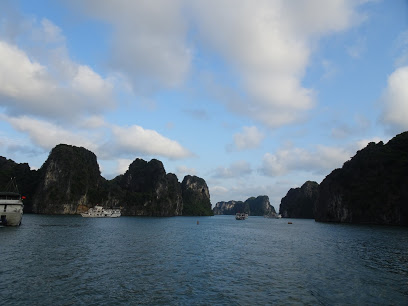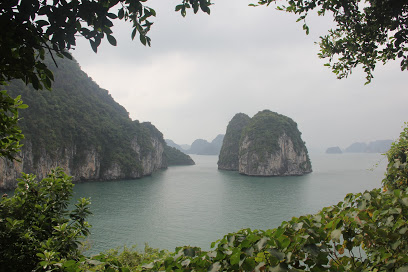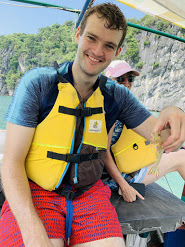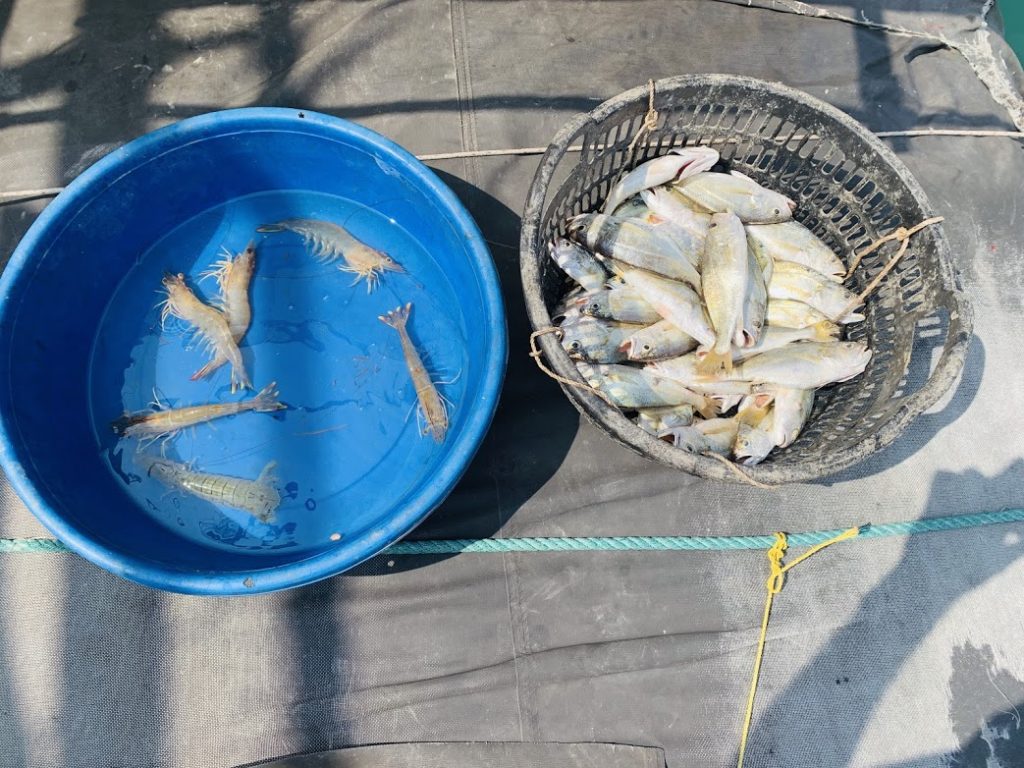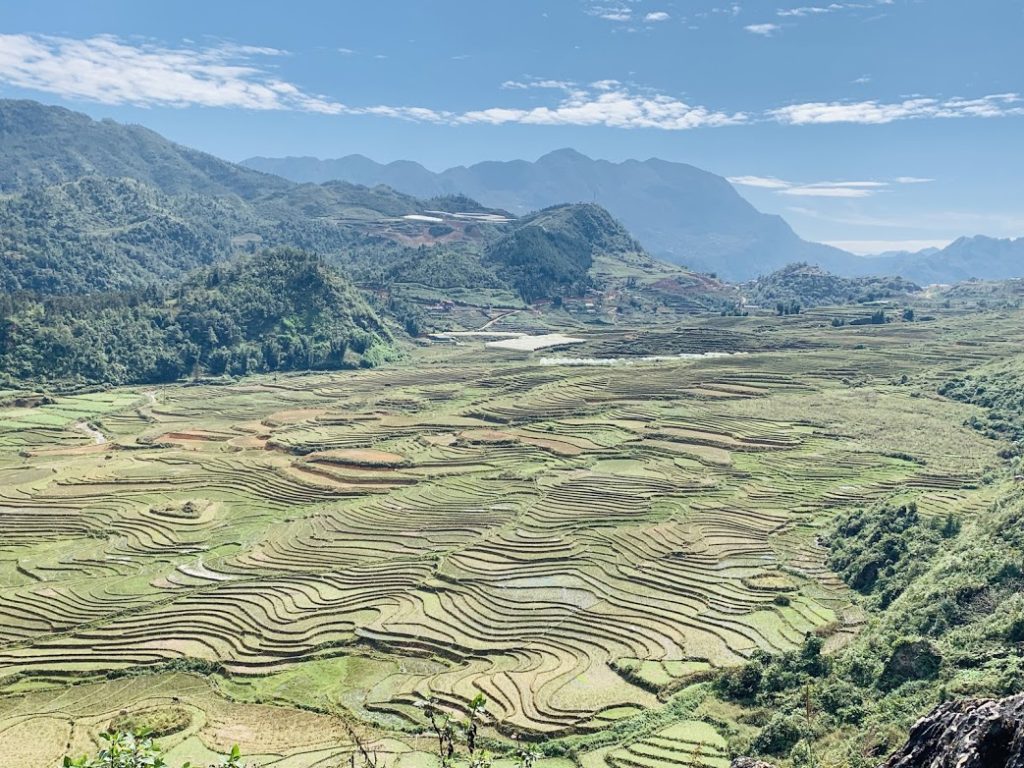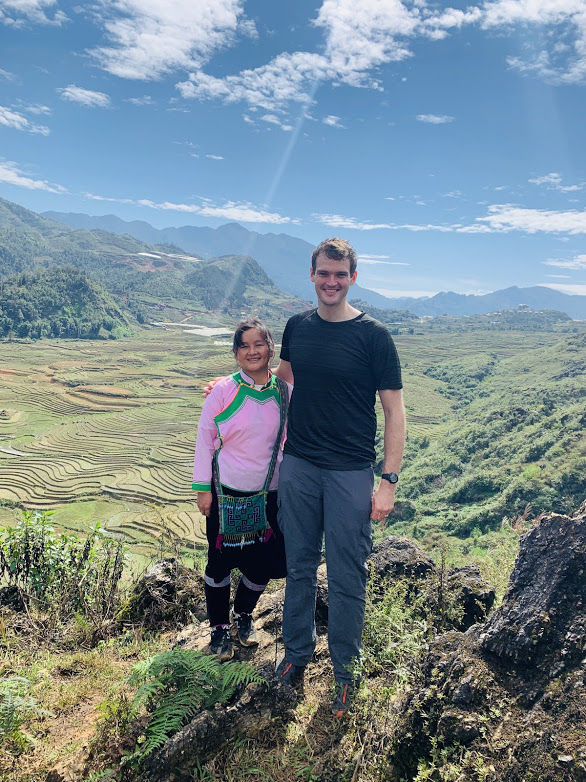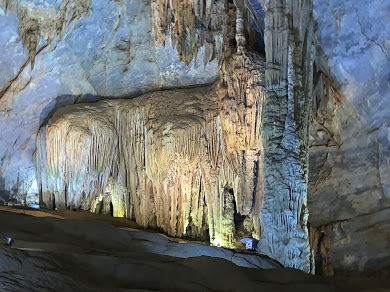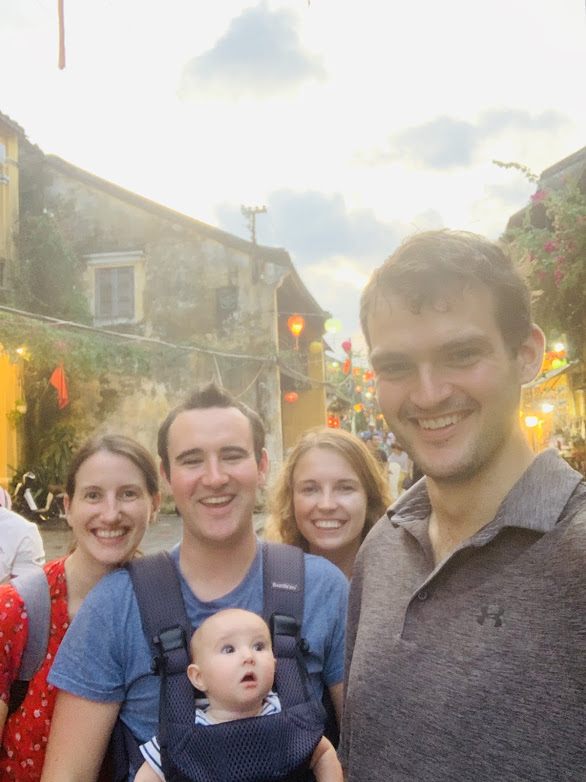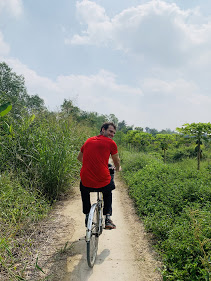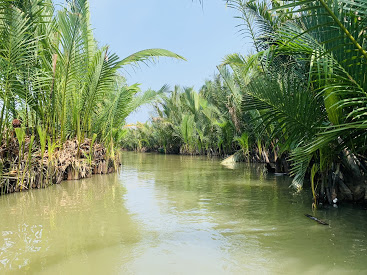We decided to travel through Vietnam from North to South. This encompassed beautiful wonders, gorgeous rice paddies, learning about the history of the Vietnam War and then a boat ride down the Mekong delta.
Hanoi
We went around Hanoi for a day but it’s a bit of a tourist trap (the French quarter at least) so would avoid if you can. One thing to know about Vietnam is it is where North Face and Underarmour manufactures its clothing so if you want to do some shopping and stock up on the gear it’s the right place. All of it is genuine, it just below export standards (or so we were told…).
Bai Tu Long Bay
We decided to do Bai Tu Long Bay its situated northeast of Halong Bay and is much quieter. Bai Tu Long Bay is basically Ha Long Bay’s less known smaller brother. ‘Bai Tu Long Bay’ translates to baby dragon vs. ‘Halong Bay’ which is mother dragon. We were lucky to have Julie, Dominic and Elle joining us at Bai Tu Long Bay. It is the perfect alternative to Halong Bay: quiet, beautiful place and away from the heavily touristic sites, with only marginally less spectacular scenery.
Thanks to the cruise companies strong connection to the local culture and their way of life, we were able to try out fishing and see the floating villages as well.
Sapa
We have always wanted to visit Sapa as it’s the idyllic mountainous region and we arrived via a surprisingly pleasant night train from Hanoi. The town and its surrounding villages harbour a variety of less known traditions, with quirky cultural practices as we were about to find out.
We did a tour of the Sapa rice paddies with a lovely guide called Maun from the Hmong ethnic group – one of the few societies in the country who continue to make most of the clothes they wear. Maun even told us that girls learn to make the clothes from as early as 12 and future husband will only pick their bride based on her sowing skills so I would fail for sure!
Hemp is used to produce the clothing, and many of the designs feature fine embroidery and bright patterns. The secret behind the deep shares of blue is the use of indigo plant. Dye is extracted from the plants leaves and they are then fermented to produce a blue powder which is insoluble in water. Being taken round the rice paddies by a local was something special and the mountain area of Sapa is beautiful.
Dong Hoi
We then took a flight to Dong Hoi, a town completely destroyed (apart from one church) during the Vietnam War. The whole town was rebuilt from the ground up.
We decided to visit Dong Hoi for its caves and Vietnam has some of the greatest caves in the world. We started with Paradise Cave which was discovered in 2005 by a local farmer exploring the town. The scale and beauty of Paradise Cave is breath-taking, with wooden staircases descending into a cathedral-like space with colossal stalagmites and dazzling stalactites.
We then visited Dark Cave which was such an adventure. First you take a zip wire to get down and then swim to get into the cave. We then ventured in the dark cave to have a rejuvenating mud bath. The mud in the cave is completely buoyant so you will not sink at any point during your adventure inside the darkness so made it a lot of fun.
Hue
We then visited Hue to see the Imperial City. It was once an enormous complex for the most important kings and queens enclosed within a square fortress with each of the four walls about 2m long with a wide moat on the outside.
As a result of the passage of time and the Vietnam War the site has deteriorated somewhat as you walk around. There was something charming about walking round such a huge citadel with most things being left as is. The North Vietnamese Army attacked Hue in 1968 and of the 160 significant buildings within the site, only 10 major ones survived the battle. Torrential rain stopped us from seeing much else in Hue. Probably our fault as the downpour started just as we approached a pagoda. The mood wasn’t improved by Nick’s desolation as a result of the England rugby game. Even in a pub in Hue he still somehow managed to end up next to a Welshman loudly and slightly aggressively supporting anyone but England.
Hoi An
We then decided to take a drive down to Hoi An to meet our friends Ross, Tiff and Felicity. Hoi An reminded us of a rustic Copenhagen with its charming river, picturesque old buildings, incredible lanterns and plethora of quality tailor shops at low prices – yes Tamara did get a few. We visited the temples at My Son and another highlight was the town of Cam Thanh and doing a bamboo boat ride down the river.
Ho Chi Minh City
We then made our way to Ho Chi Minh City and what we remember most is the War Remnants museum. This is one of the most powerful museums we have ever visited. From its inception, the museum highlights the horrors of the Vietnam war. Some of the main exhibits include the following displays: showing the protests and popular support for peace around the world, impact of after effects of Agent Orange and how Vietnamese people are dealing with the affects of Agent Orange even today. Shocking sights like these are necessary, if only to remind us why peace is important. The museum did a commendable job of showing that a lot of Americans (both citizens and soldiers) opposed the war, instead of simply portraying them as the bad guys.
Mekong Delta
Our final stop was a two day boat ride on the Mekong delta. This is Vietnam at its most rural. During the boat tour we saw how local sweets were made, visited the early morning floating markets to buy some pineapple and mango and did a bike road round some of the local towns. It was a shame however to see how polluted the river was, and to make things worse there is significant threat of the river being disrupted by dams and hydroelectric plants upstream in other countries, most significantly China.
Overall, we really enjoyed Vietnam. It is a fascinating and varied place, and happily quite easy to explore given how narrow the country is.
